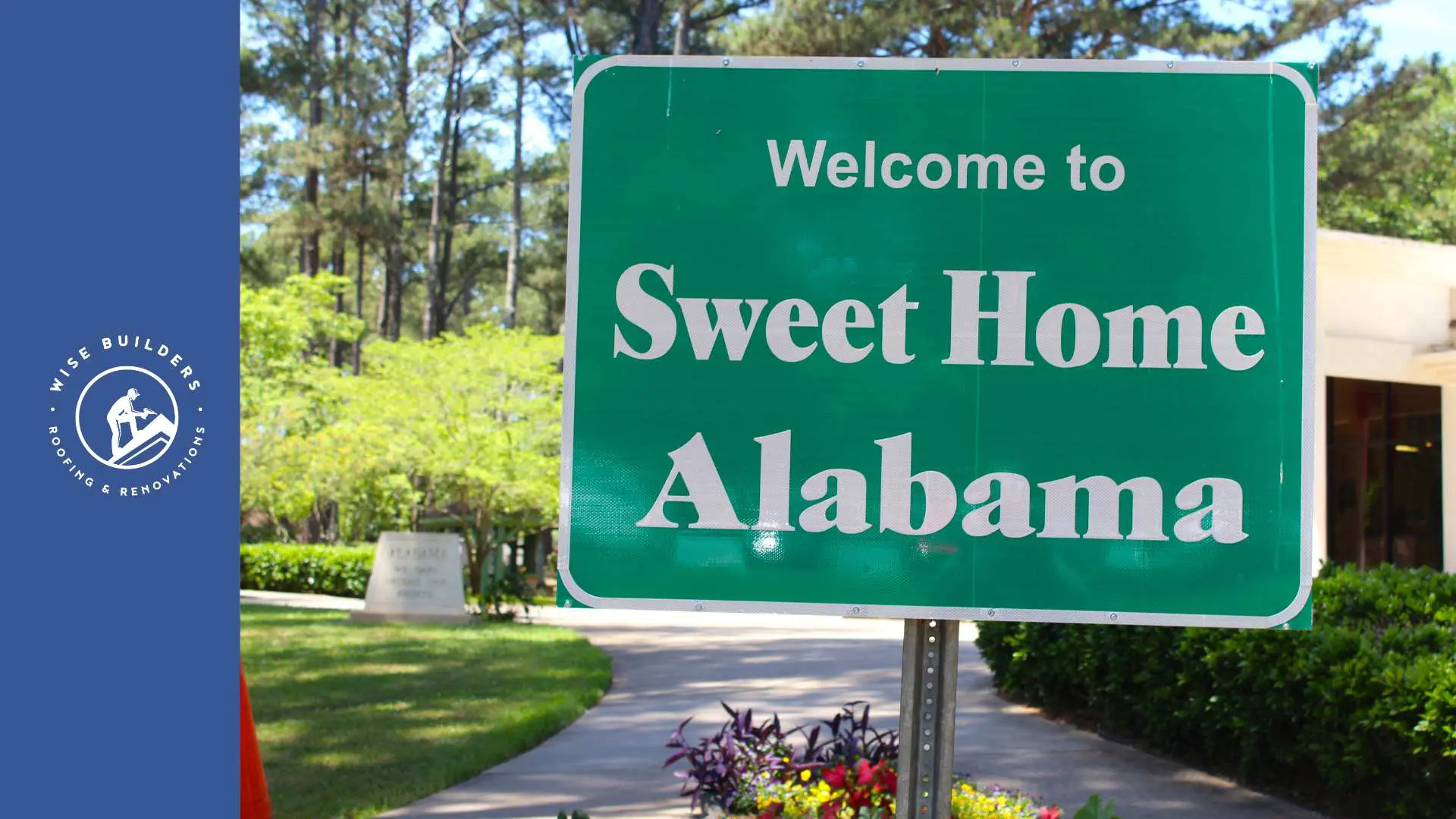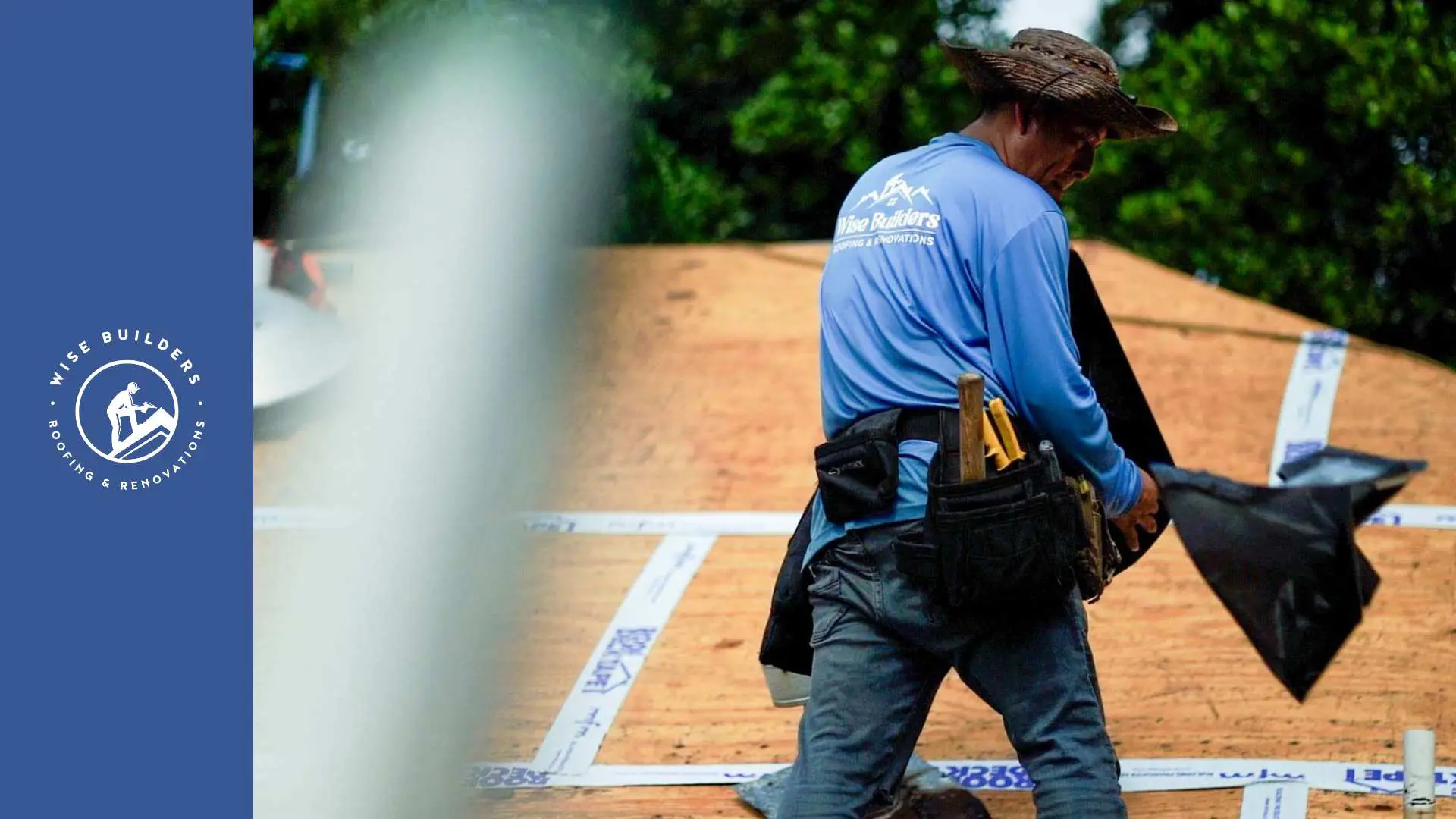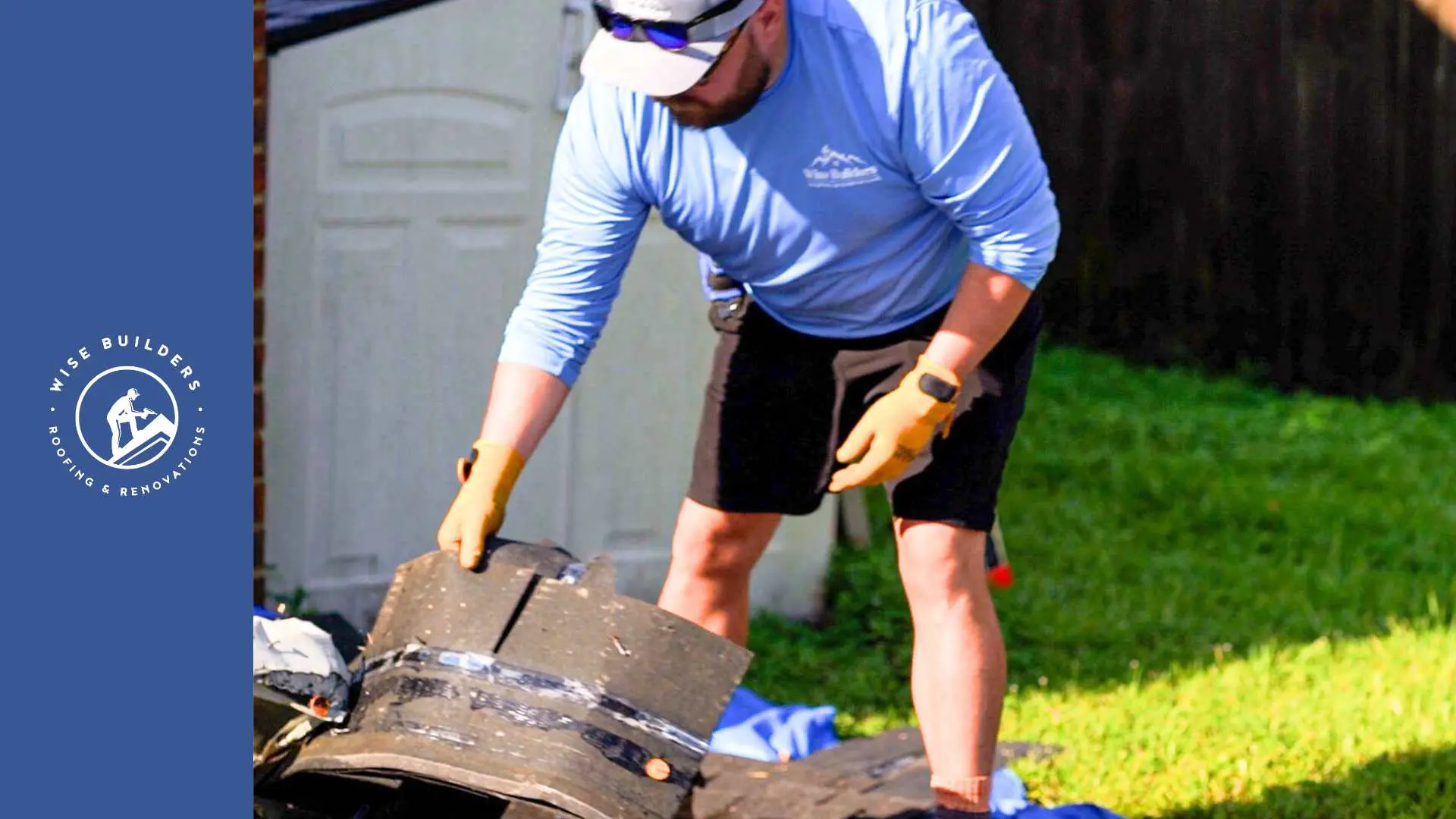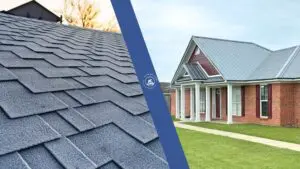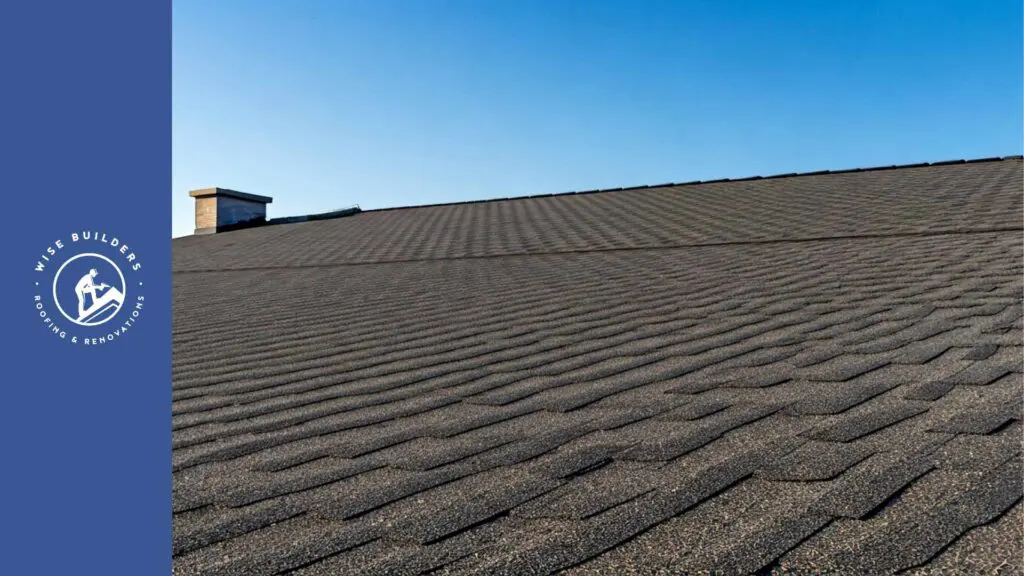
Key Highlights
- Learn how a fortified roof protects your home from high winds, tornadoes, and other forms of severe weatherdamage.
- Understand the cost of a fortified roof, including factors like roof covering, home size, and regional considerations such as building code requirements.
- Explore financial perks such as insurance discounts and grants offered by programs like the Louisiana Fortify Homes Program.
- Discover how a fortified roof can decrease insurance premiums while adding peace of mind for property owners.
- Get insight into how to work with a fortified evaluator and obtain a designation certificate for added financial advantages.
- Learn why homeowners in Louisiana and Alabama are choosing fortified roofs to shield their homes from Mother Nature.
Introduction
Is your home prepared to resist nature’s fiercest challenges? A fortified roof could be the answer. Designed with standards set by the Insurance Institute for Business & Home Safety (IBHS), these roofs provide heightened protection against storm damage and high winds. While the cost of a fortified roof may seem like an investment, the long-term benefits—such as decreased repair bills and reduced insurance premiums—make it worthwhile. Keep reading to understand how these advanced roofs balance affordability with resilience.
Understanding Fortified Roofs and Their Importance
The concept of the fortified roof stems from years of latest resiliency research aimed at reducing storm damage. By addressing vulnerabilities, such as roof deck gaps and attachment issues, a fortified roof minimizes the risk of significant damage to the structure.
Enhancing home safety is vital, especially for those living in areas prone to severe weather like hurricanes and high winds. Fortified roofs use scientifically backed improvements to guard homeowners and their properties. This indispensable upgrade combines fortified standards, resilient materials, and peace of mind.
What Makes a Roof “Fortified”?
Have you ever wondered what sets a fortified roof apart? It starts with a strengthened roof deck—the underlayer that anchors your roof structure. The Insurance Institute for Business & Home Safety (IBHS) specifies techniques like enhanced attachment to keep the roof deck securely in place during storms.
Additionally, a sealed roof deck plays a pivotal role in preventing water entry if shingles or tiles get damaged. This seal acts as a barrier against leaks, ensuring your home remains habitable after storm damage.
To achieve a designated fortified roof, an independent fortified evaluator reviews the installation process, verifying it meets stringent standards. Only then can homeowners earn the coveted designation certificate, a credential that bolsters both property protection and insurance benefits. These layers of defense pave the way for safer homes built to IBHS specifications.
Key Benefits of Choosing a Fortified Roof for Your Home
Upgrading to a fortified roof offers homeowners unmatched advantages, both financial and physical. Here’s how it can help:
- Added protection: Fortified roofs endure storm damage, high winds, hail, and debris impacts better than standard roofs.
- Lower insurance premiums: Many insurance companies offer discounts for homes with fortified certification.
- Lasting peace of mind: Sleep easier knowing your home has advanced resilience to face Mother Nature.
- Long-term savings: These roofs reduce repair costs, safeguarding your total budget.
- Enhanced market value: Property owners often see increased value for homes meeting fortified standards.
Choosing a fortified roof means prioritizing safety and financial savings without compromising durability. Its benefits ripple beyond immediate protection, ensuring your investment is worthwhile.
Factors That Influence the Cost of a Fortified Roof
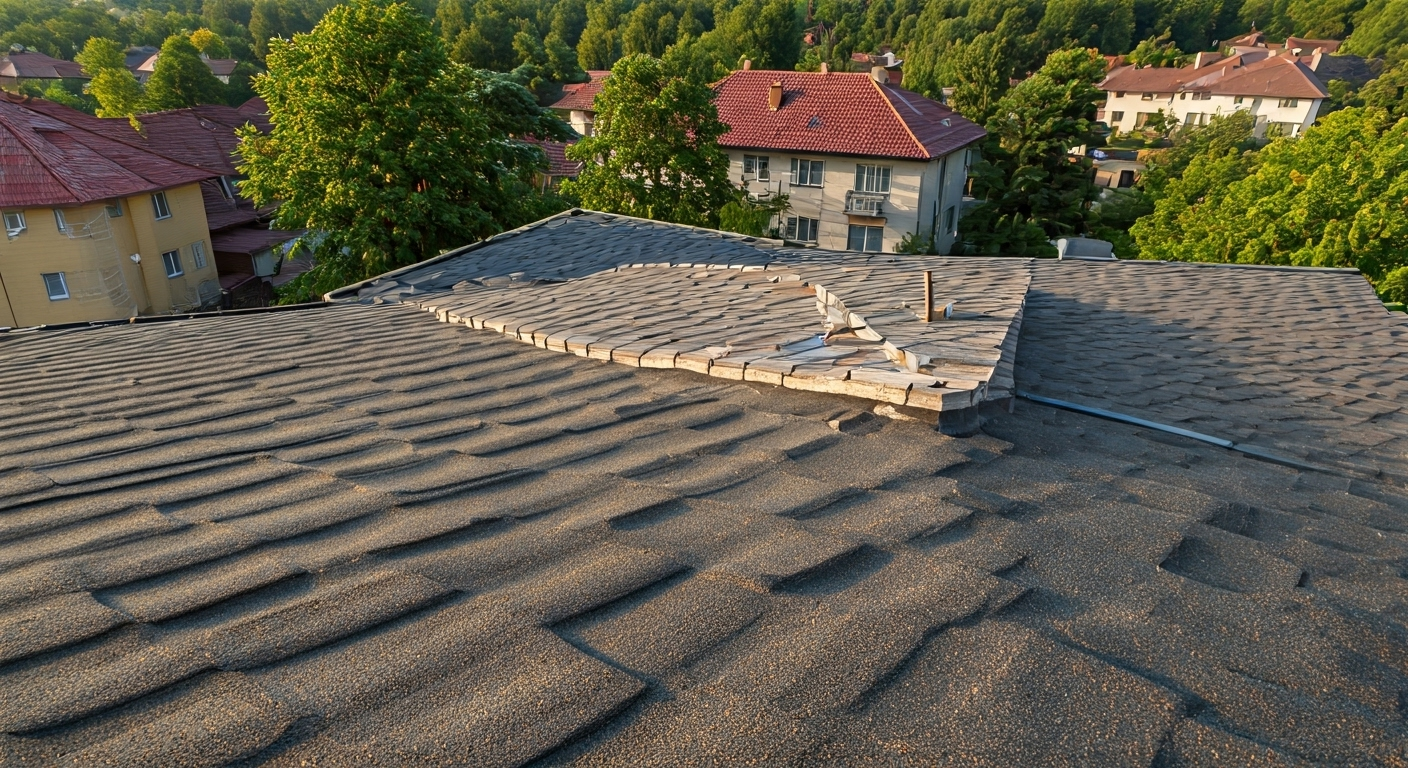
Several considerations impact the cost of a fortified roof, ranging from home size to the selected roof coveringmaterials. Each project is unique and adapts to existing building codes, homeowner priorities, and labor requirements.
Your total budget must account for upgrades needed to meet fortified standards, as these improvements go beyond typical construction practices. Items like shingles, sealed decks, and professional evaluations add value to the investment, making it robust against severe weather.
Materials, Labor, and Installation Requirements
Constructing a fortified roof involves a precise mix of components, labor, and professional installation. Below, a text table summarises key elements:
| Element | Description |
|---|---|
| Shingles | Durable materials that withstand hail and high winds. |
| Sealed Roof Deck | Prevents water from entering during severe weather or leaks. |
| Professional Roofer | Certified experts install fortified upgrades per IBHS standards. |
| Roofing Labor Costs | Skilled labor adhering to advanced resiliency guidelines. |
| Designation Evaluator | Verifies installation meets fortified roof requirements. |
These essential parts work together to ensure long-term protection. With the right professionals, achieving fortified certification becomes seamless and efficient.
Home Size, Roof Design, and Regional Considerations
The home size, roof shape, and location significantly affect the cost and installation of a fortified roof. Larger homes naturally require more materials, increasing the total budget.
Complex roof designs with intricate slopes or features need additional customization to meet fortified standards. While this raises costs, it ensures integrity during high winds and storms. Regional factors, like building code requirements in locations like Baton Rouge, also impact pricing.
By evaluating local weather risks and characteristics of your property, experts provide tailored solutions for every homeowner.
Financial Incentives and Insurance Savings

Investing in a fortified roof unlocks several financial benefits, including insurance discounts. Many insurance companies reward homeowners upgrading to fortified standards with reduced premiums.
Programs like the Louisiana Fortify Homes Program offer grant support, lowering upfront costs for eligible participants. Partnering with the right professionals ensures installation qualifies for these advantages. These savings add to the value of fortified roofs, making them both cost-efficient and resilient.
Grants and Assistance Programs in the United States
Homeowners can access relief programs like the Louisiana Fortify Homes Program, designed to make fortified roofs affordable. Key details include:
- Grants up to $10,000 for residents upgrading to fortified standards.
- Eligibility: Primary residence requirements with a homestead exemption.
- Guidelines ensure compliance through third-party evaluation and contractors approved for fortified projects.
- Exclusions include new construction, mobile homes, and commercial properties.
- Homes assessed for good condition before work begins.
These financial support programs reduce upfront costs, helping homeowners strengthen their properties effectively.
Potential Insurance Discounts for Homeowners
For homeowners, opting for fortified standards can lead to insurance savings. Many insurers offer discounts on insurance premiums for homes featuring a designation certificate.
Certain states, like Louisiana and Alabama, provide policyholders with fortified endorsements—lowering costs tied to strengthening a roof covering. Properties with proper documentation receive continuous benefits, ensuring financial advantages remain intact.
Additionally, homeowners might reduce their deductibles under homestead exemption programs, amplifying the savings tied to investing in fortified roofs. Contact your insurance agent for specific details.
Conclusion
In conclusion, investing in a fortified roof is not just about enhancing the aesthetics of your home; it’s a commitment to long-term security and peace of mind. Understanding the various factors that influence the cost will help you make informed decisions tailored to your needs. From the materials used to the potential savings on insurance, fortified roofs present numerous benefits that extend beyond just protection from the elements. If you’re ready to explore your options further, don’t hesitate to reach out to us at Wise Builders. Get a free consultation today, and let us guide you in fortifying your home with quality and care.
Frequently Asked Questions
How much does a typical fortified roof cost in the U.S.?
The cost of a fortified roof varies based on home size, materials, and regional building code requirements. Typically, upgrading a standard roof to meet fortified guidelines for a 2,000-square-foot home costs around $1,000–$3,000, adding 1%–3% to the total budget.
Are there financing options available for fortified roofing projects?
Yes, grants like the Fortify Homes Program help offset costs, providing significant financial benefits to eligible property owners. Many insurance companies also offer discounts after completion. Consult local evaluators to assess upfront costs and improve overall affordability within your budget.

